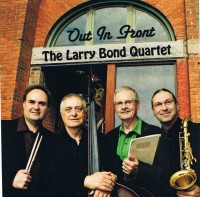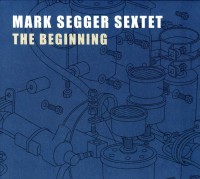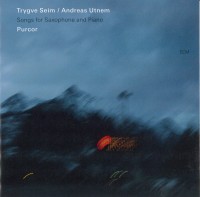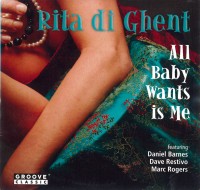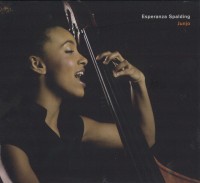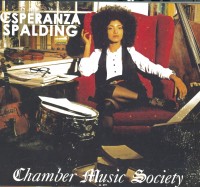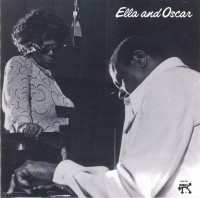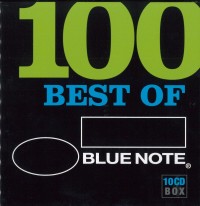 100 Best of Blue Note
100 Best of Blue Note
Various Artists
EMI 5 099990 530326
The first of 100 tunes in this collection is a 1937 recording of tenor saxophonist Coleman Hawkins and guitarist Django Reinhardt playing Out Of Nowhere. It was recorded two years before Blue Note Records was founded. The taping was done for EMI’s Capitol label’s French division. This is an ominous hint as to the content of the 10-disc “100 Best of Blue Note” box set, which at first glance appears to have all the trimmings of a slick 21st century collection. It comes in a box you’d expect to contain two or three CDs, not 10 with 10 cuts on each of them. Individual disc covers please the eye, the name of each track leader coloured differently from its successor. The same design is employed on the back, with each tune named. However, a closer look shows that’s just about all the information you’ll get, forcing listeners into guess-that-sideman mode. Most recordings here don’t have just the named leader in action while there are numerous odd selections taken from albums that contain much better jazz. Just one example is on CD2 where Gil Fuller and the Monterey Jazz Festival Orchestra featuring (trumpeter) Dizzy Gillespie plays a feeble version of Man From Monterey. The same LP has Gillespie and Charlie Parker roaring through Groovin’ High… no contest. While it’s too easy to be picky, these sorts of choices nonetheless make you wonder what organizers were thinking and who chose the music. It’s compiled by EMI Belgium, tracks selected by 2Sounds.
I’m sure most jazz fans believe the Blue Note golden years were the 1950s and 60s, fruitful times when hard bop had taken over from bebop and torrents of vinyl LPs were illustrated with gorgeously expressive player portraits. This music was distinctive, the ancestor of modern mainstream. Jazz changes its forms, but jazz history does not.
Given the convulsions in the music business and ownership changes, it’s not surprising that the EMI empire has many labels under its belt, with the result that recording dates in the terse accompanying notes cover a period far longer than the Blue Note heyday and cite labels other than Blue Note. Overall most recording dates are meaningless in that a large number are reissues.
I delight in re-experiencing vintage classics such as Sonny Rollins Misterioso with Monk, Silver, J.J. Johnson, Chambers and Blakey, and appreciate the fresh recognition given Golden Age stalwarts such as Tine Brooks, Dexter Gordon, Kenny Dorham, Hank Mobley, Ike Quebec, Baby Face Willette, Donald Byrd and Jimmy Smith. At the same time I wonder about the inclusion of bands like the Art Ensemble of Chicago, Chick Corea, Patricia Barber, David Axelrod, Stacey Kent, Lionel Loueke and, heaven help us, Norah Jones however good that was for sales. The sole piece of Canadiana is Holly Cole singing Hum Drum Blues with saxman Javon Jackson. Enough said.


